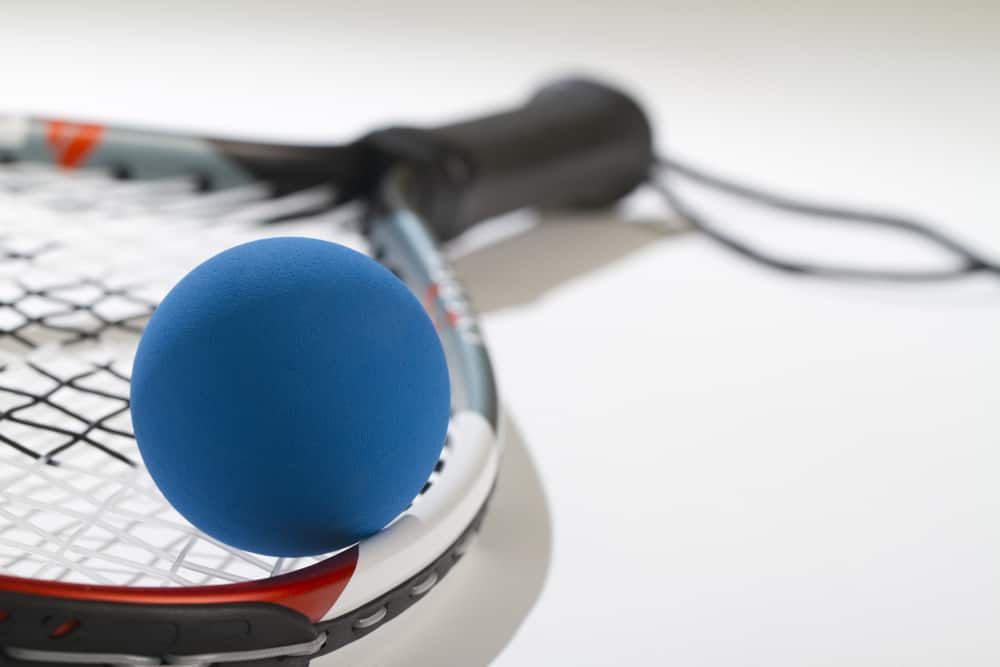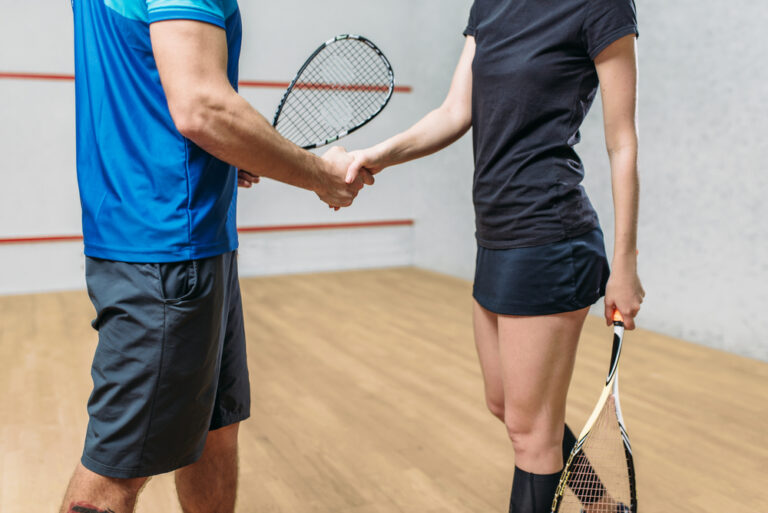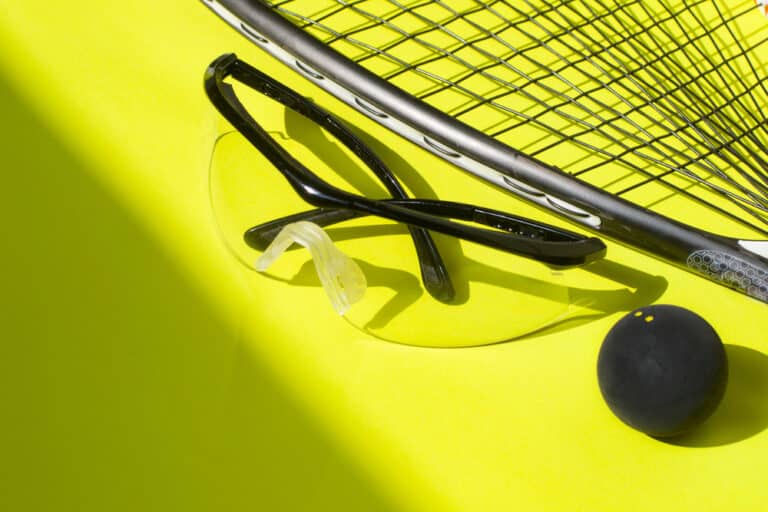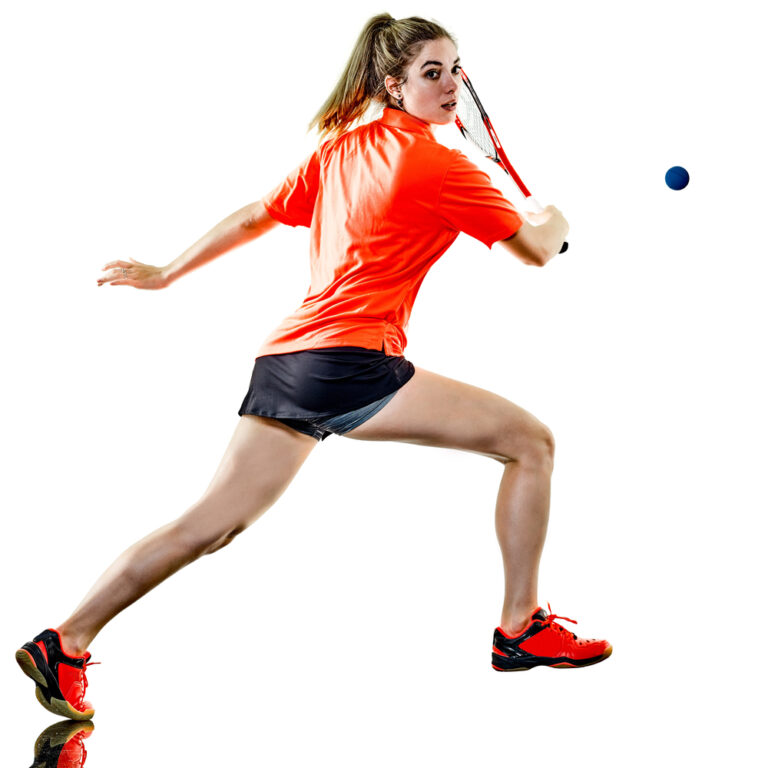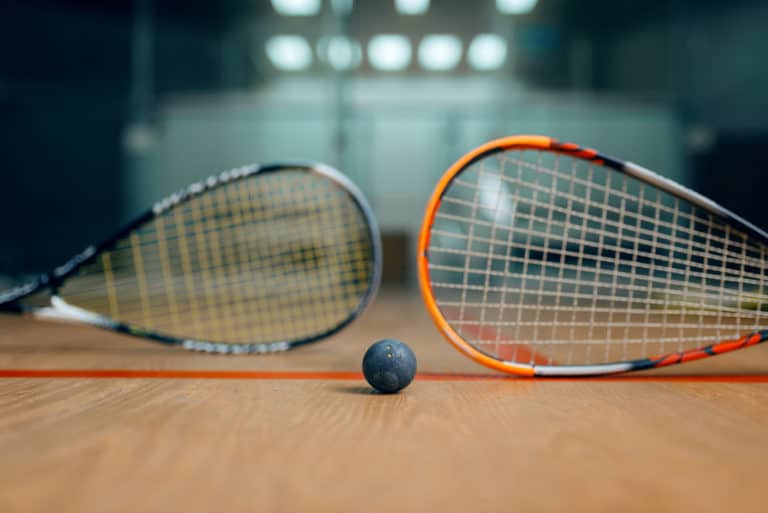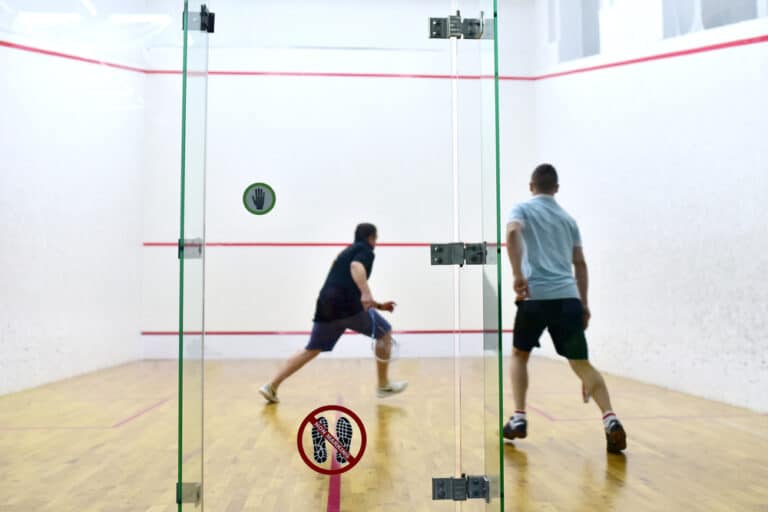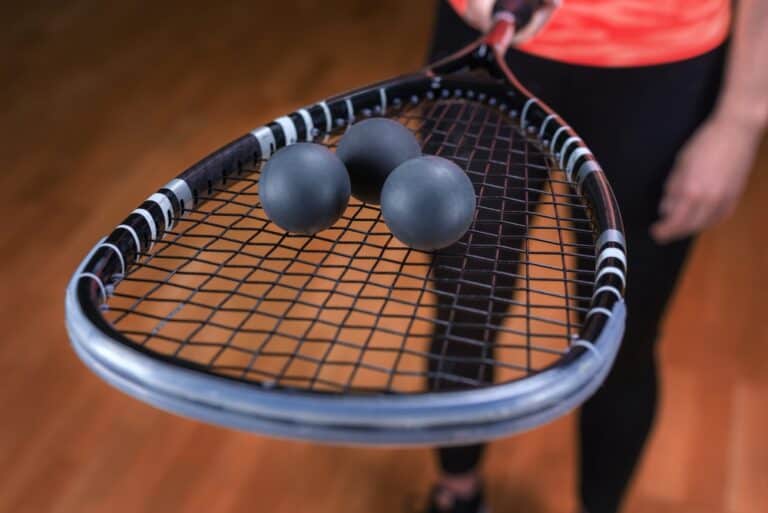Racquetball VS Squash Ball Size
Racquetball and squash are similar sports. If you are unfamiliar with squash and racquetball, their equipment can easily be mistaken for the other. Squash balls and racquetballs are one of the main differences between these two racket sports. Let us compare the differences between a racquetball and a squash ball size.
Racquetballs are 42% larger in diameter compared to squash balls. Both racquetballs and squash balls are composed of rubber and differ in size, weight, and color. Each of these two racket ball designs must comply with strict manufacturing guidelines according to their game rules.
Squash and racquetball comparisons are a terrific way to learn more about these two sports. Both racquetball and squash use different ball sizes and appropriate designs for their respective games. The rules, courts, and equipment are why there are size differences between racquetballs and squash balls.
Racquetball Compared To A Squash Ball Size
A closer look at each sport helps to better understand the differences between a racquetball and a squash ball size. Different balls, especially size, react differently on impact, whether with a surface or racket. A racquetball and squash ball design gives the player the best experience in their respective environment.
Squash, the older of the two racket sports, use a black hollow rubber ball. The diameter of a squash ball is measured vertically to the seam and must measure between 1.56 and 1.59 inches, according to the World Squash Federation (WSF). Also, a squash ball must weigh between 0.8 and 0.9 ounces.
All squash balls are black and have the same size specifications but have distinct color dots to separate their level of play. The dots on a squash ball indicates the speed, bounce, and what level of player should use it. The small squash ball played with a long racket provides velocity on impact to compensate for the lack of bounce.
Racquetball is a more recent racket sport and uses six colors to differentiate its balls. The standard racquetball must be close to 2.25 inches in diameter, according to the International Racquetball Federation (IRF), and weigh approximately 1.4 ounces.
Racquetballs are a specific size, and the ball design fits the rules and court used for the game. Racquetballs are categorized in six colors according to speed, bounce, and level of play used. The size and bounce of the ball, combined with the impact velocity generated by the short racket, give balance to the game.
A squash ball is black, 42% smaller, and has less bounce than a racquetball. Racquetballs are 2.25 inches compared to the 1.56 inches diameter of a squash ball and are different colors and bounce higher.
Comparing Racquetballs And Squash Balls Color Set-Up
Squash and racquetball use colors to differentiate the speed and bounce off their various balls. For players to distinguish what ball will fit their game level, squash uses a colored dot system and racquetball assorted color balls. Here is a breakdown between racquetballs and squash balls and the color set-up each use.
Squash Ball Color Set-Up
Squash uses six color dots on a black ball for players to select. Each color dot represents the ball’s speed, known as “hang time,” bounce, and level of play.
- Experienced players prefer balls with less bounce, like the double yellow dot ball. The double yellow dot ball is the competition standard for squash tournaments and has low bounce and a slow hang time.
- The orange dot ball used at high altitudes and cold weather is the slowest of the squash ball range and has the lowest bounce. Experienced players will practice with these balls to get a better workout.
- The single yellow dot ball is the most used squash ball. It has a slow hang time and a low bounce. The single yellow dot squash ball is the preferred choice for advanced and regular players.
- Good squash players, not yet tournament-ready, use the green dot ball. The green dot ball has a medium to slow hang time with a low bounce, ideal for average and advanced players.
- Beginners should use the red dot squash ball. The red dot ball design provides a medium speed and a high bounce. The red dot ball encourages beginners and helps shape their talent and playing style.
- If you are a junior or stepping onto the squash court for the first time, the blue dot squash ball is what you need. It is the fastest with the highest bounce and the ideal ball to introduce a player to squash.
Racquetballs Color Set-Up
Racquetball uses color to differentiate between its balls. Each color represents speed, bounce, and control, and here are the six racquetballs, their colors, and their advantages for players.
- The black racquetball is a durable slow-speed ball and great for beginners. Advanced players use black racquetball to practice strategy. Weighing 1.45 ounces, all players favor it for its longer rallies.
- Blue racquetballs are seen most on a racquetball court and weigh 1.45 ounces. The blue racquetball is well-balanced, medium-paced, and suits the advanced and professional player.
- Purple racquetballs are the international racquetball tour ball of choice. The purple racquetball is fast, soft, and weighs 1.44 ounces. All professional tournament players carry a purple racquetball.
- The green racquetball is the preferred ball used at national events. The green racquetball is durable and weighs 1.46 ounces. The green ball is a seasoned player’s first choice because it is fast and controls well.
- The pink racquetball is a high-speed indoor ball. The pink racquetball weighs 1.44 ounces, and many seasoned players favor it for its extra visibility and overall balanced performance.
- The red racquetball is for skilled players and is the fastest in the series. The red racquetball is bright and Ideal for outdoor games due to its good visibility and weight of 1.46 ounces.
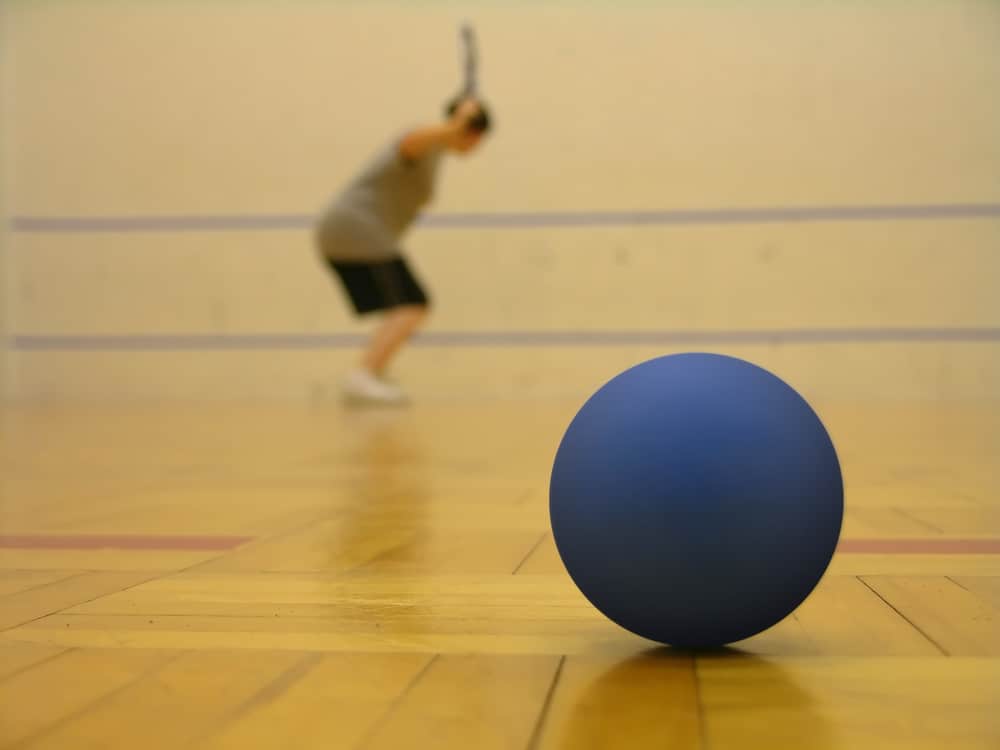
Conclusion
Racquetball and squash are similar sports. Each racket sport has its unique ball and varies in size. A comparison shows that racquetballs are 42% larger than balls used in squash. Due to rules, court size, and game strategy, racquetballs, and squash balls also differ in weight and color. Squash differentiates its balls with colored dots, whereas racquetball uses a variety of colored balls to show its characteristics.

